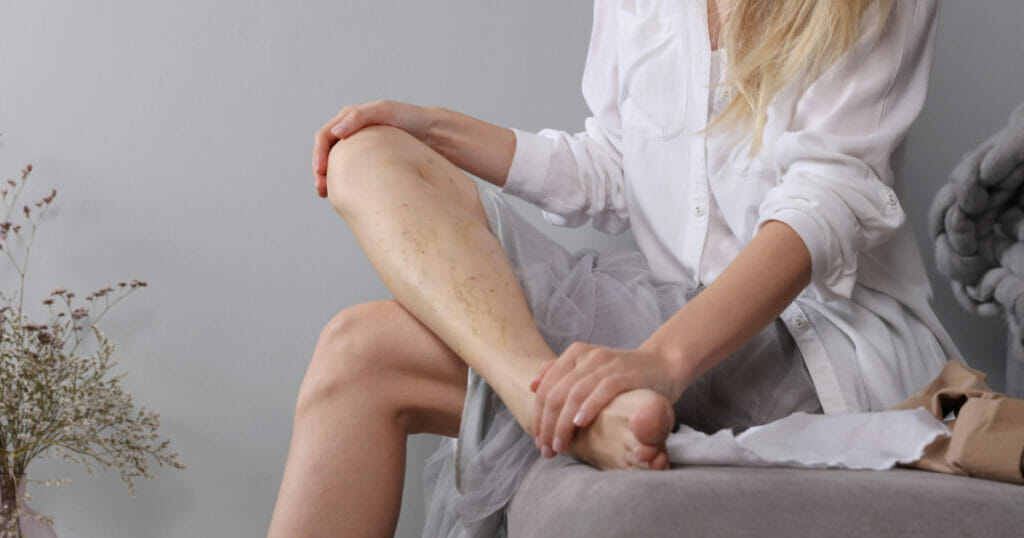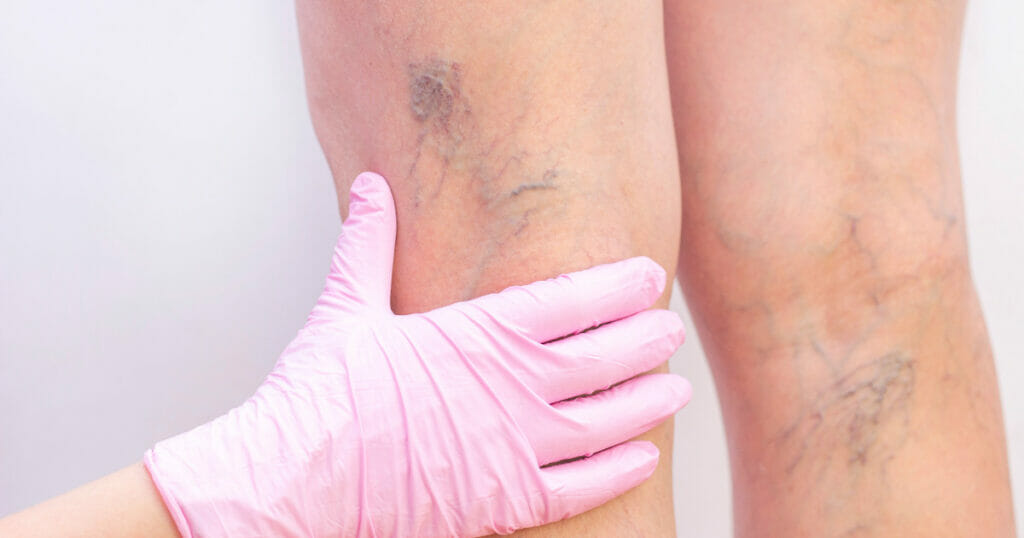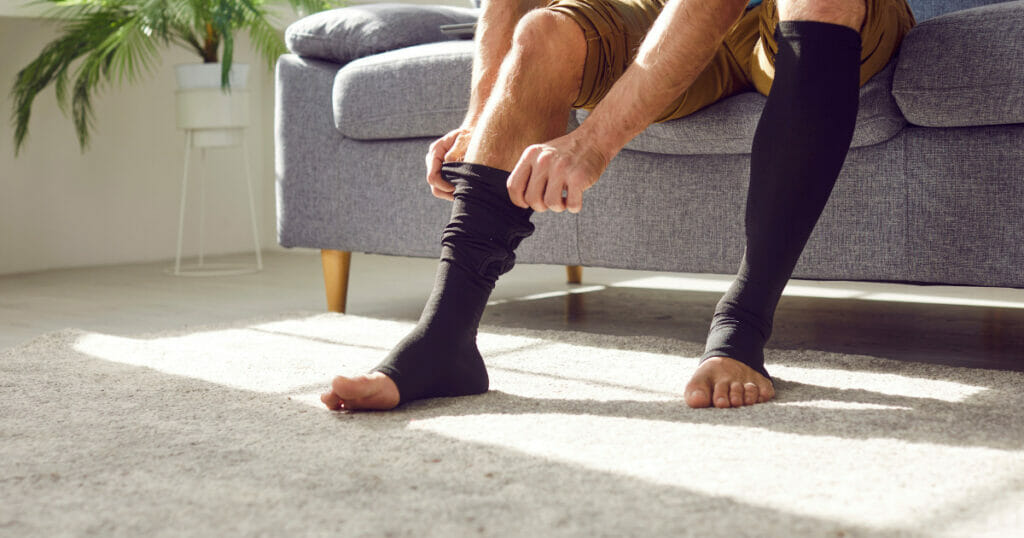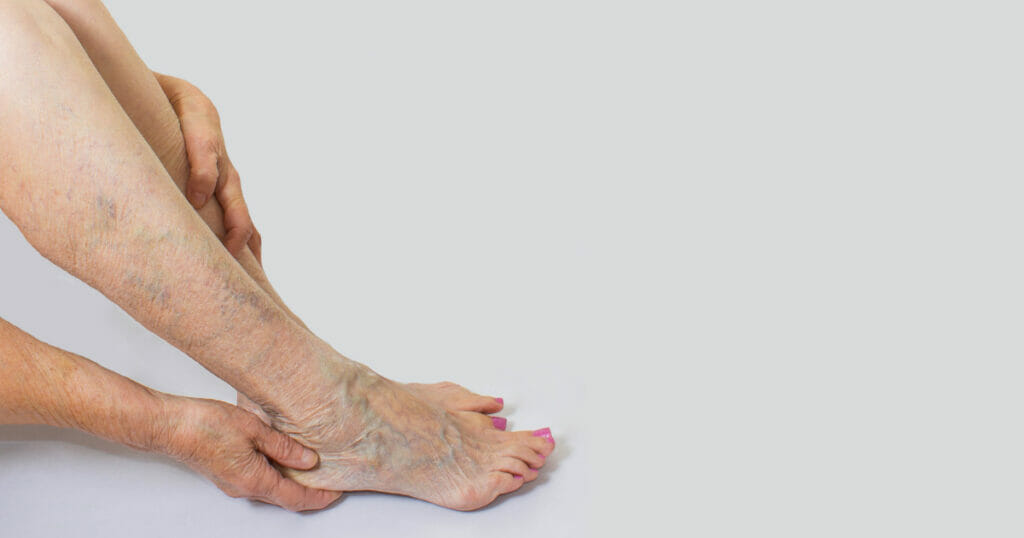Sclerotherapy Aftercare: Dos and Don’ts

If you’ve recently undergone sclerotherapy, a popular painless procedure for treating varicose veins and spider veins, it’s crucial to understand how to take care of yourself during the recovery process.
Sclerotherapy is known as one of the best treatments for reducing the appearance of spider veins and small varicose veins as well as improving overall vascular health. However, to ensure optimal results and minimize potential complications, following proper aftercare guidelines is essential.
In this blog post, we will guide you through the dos and don’ts of sclerotherapy aftercare, providing you with valuable tips and recommendations to support your healing journey.
Whether you’re a first-time patient or seeking a refresher on aftercare protocols, this blog will equip you with the knowledge necessary to make the most out of your sclerotherapy treatment.
Read on!
What Is Sclerotherapy?
Sclerotherapy is a vein treatment procedure used to treat varicose veins and spider veins. This minimally invasive varicose vein treatment uses a solution that is directly injected into the affected veins, which makes them collapse and eventually fade away. The injected solution is typically a saline solution or a chemical solution called a sclerosant which can effectively improve blood flow on the affected part.
During the procedure, a vein specialist or a trained healthcare professional will use a fine needle to inject the sclerosant solution into the targeted veins. The treated vessels are glued together and sealed off as a result of the solution irritating their lining.
Over time, the body naturally absorbs the sealed vein, and blood flow is rerouted through healthier veins.
What Are the Dos and Don’ts After Sclerotherapy?

After a sclerotherapy treatment, there are several restrictions and guidelines you are typically advised to follow. While these recommendations may vary depending on individual conditions and the specific instructions given by us, your vein specialist, here are some common dos and don’ts to remember after the procedure:
Dos:
- Wear compression stockings: Follow your vein specialist’s instructions regarding the duration and frequency of wearing compression stockings. They can help promote blood flow and reduce swelling, enhancing the effectiveness of the treatment.
- Have light exercises: Engage in light physical activities like walking to improve circulation. Moving your legs can help prevent blood clots and aid in the healing process especially if you have had your leg veins treated.
- Take prescribed medications: If your specialist has prescribed any medications, such as pain relievers or antibiotics, take them as directed.
- Keep injection sites clean: Keep the injection site clean and dry. Gently wash the area with mild soap and water, and pat it dry. Avoid scrubbing or using harsh chemicals on the treated skin.
- Stay hydrated: Drink an adequate amount of water to keep your body hydrated and support the healing process.
- Follow a healthy lifestyle: Maintain a balanced diet rich in nutrients to promote overall health and healing. Eat a variety of vegetables, fruits, lean meat, and grains.
Don’ts:
- Avoid strenuous exercise: Engaging in heavy lifting, vigorous exercise, or activities that put excessive pressure on the treated veins should be avoided for a few days or weeks, depending on the extent of the treatment and your doctor’s recommendations. Strenuous activities can increase blood pressure and hinder the healing process.
- Avoiding prolonged sitting or standing: Excessive sitting or standing for long periods can hinder blood circulation and increase the risk of complications. It’s generally recommended to take short walks or breaks to keep the blood flowing and avoid prolonged periods of inactivity.
- Avoiding hot baths and saunas: Hot water can dilate blood vessels, which may interfere with the healing process. Avoid hot baths, hot tubs, saunas, or any other activities that expose your legs to excessive heat for a certain period of time as advised by your doctor.
- Avoid sun exposure: It is recommended to avoid excessive sun exposure to the treated areas, as they may be more sensitive to sunlight during the healing process. If you have to be outside during the daytime, apply sunscreen with a high SPF to prevent pigmentation changes or cover the treated areas with clothing.
- Medications and supplements: Your doctor may advise you to avoid certain medications or supplements that can increase the risk of bleeding or interfere with the healing process. Non-steroidal anti-inflammatory drugs (NSAIDs) or other anti-inflammatory medications, blood thinners, and herbal supplements like ginkgo biloba and fish oil are examples of substances that may need to be avoided. Always consult your doctor before making any changes to your medication or supplement routine.
How Many Days Should You Wear Compression Stockings After Sclerotherapy?

After sclerotherapy, the duration of wearing compression stockings varies from person to person, depending on factors like the size and location of the treated veins or the type of sclerosing agent used. Although, as a general rule of thumb, most doctors suggest wearing compression stockings for a period lasting between one to two weeks before they decide if you need further treatment.
How Long Does The Recovery Process Take?
The sclerotherapy recovery process usually takes between 1 to 2 weeks, although the exact duration can vary depending on the size and location of the treated vein. For smaller veins, it may take only a few days to recover, while larger vessels could take four weeks or even longer.
In some cases, more than one treatment may be required for optimal results. It is best to discuss these expectations with your doctor before undergoing the procedure.
With proper care and follow-up, most patients can expect satisfactory outcomes from sclerotherapy.
Let Us Help You Get the Best Varicose Vein Treatment

Sclerotherapy is a great way to improve the appearance of your veins, but it does more than that! It can also help your veins achieve a healthier state and improve your blood circulation.
Our specialists at VISP have been giving patients noninvasive and effective treatments for various vein problems since 2010. If you’re looking for a reliable clinic to get your varicose vein treatment in Prescott, AZ, our doctors are here to guide and support you throughout the procedure. Learn more about our treatments today!
Vascular & Interventional Specialists of Prescott was formed in 2010 by a group of subspecialty radiologists that perform numerous minimally-invasive, low-risk procedures using the tools of our trade for guidance—x-ray, ultrasound, CT scan, and MRI. The team’s goal is to educate patients and medical communities, while also providing safe and compassionate health care, with rapid recovery times and low risk of complications.
